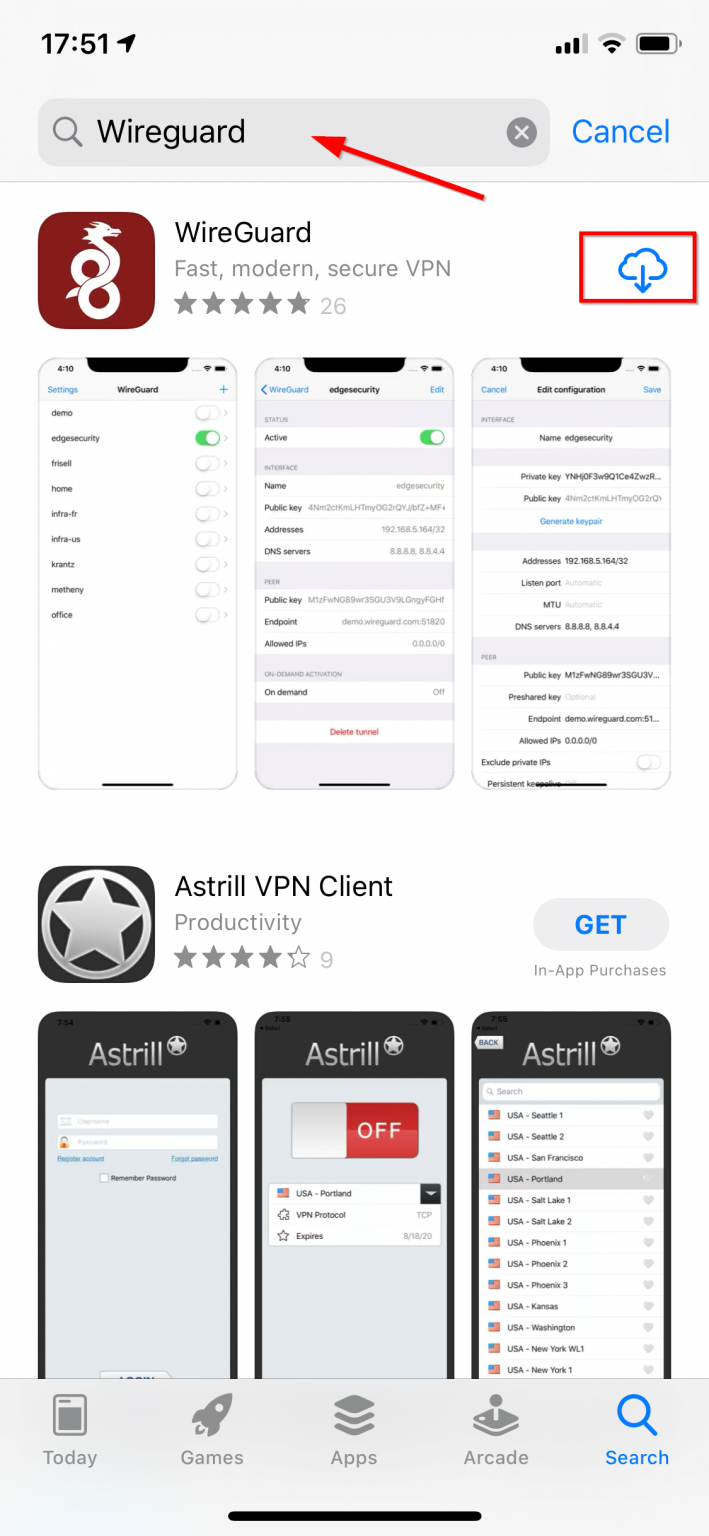

# wg set wg0 listen-port 51820 private-key /path/to/private-key peer ABCDEF. The interface can be configured with keys and peer endpoints with the included wg(8) utility: Or, if there are only two peers total, something like this might be more desirable:

(Non-Linux users will instead write wireguard-go wg0.)Īn IP address and peer can be assigned via ifconfig(8) or ip-address(8) Installation Windows 7, 8.1, 10, 11, 2008R2, 2012R2, 2016, 2019, 2022 v0.5.3 Download Windows Installer Browse MSIs macOS app store v1.0. There is also a Quick Start Guide if you need any help.Ī new interface can be added via ip-link(8), which should automatically handle module loading: Compared to other similar apps like Swan/IPsec or OpenVPN/OpenSSL, where auditing the massive codebases can be an overwhelming task even for teams of security experts, WireGuard will prove to be comprehensively reviewable even by single individuals. This simplicity translates to its ability to be implemented in very few code lines and auditable for security vulnerabilities. WireGuard was designed with ease-of-implementation and simplicity in mind.

WireGuard was initially released for the Linux kernel but now can run on Windows, macOS, BSD, iOS, Android and is widely deployable. WireGuard is designed to be a general-purpose VPN for running on embedded interfaces and super computers alike, usable in numerous circumstances. The goal of WireGuard is to be faster, simpler, leaner, and more practical than IPsec, as well as being considerably more efficient than OpenVPN. WireGuard is a fast and modern cross-platform VPN that utilizes state-of-the-art cryptography.


 0 kommentar(er)
0 kommentar(er)
